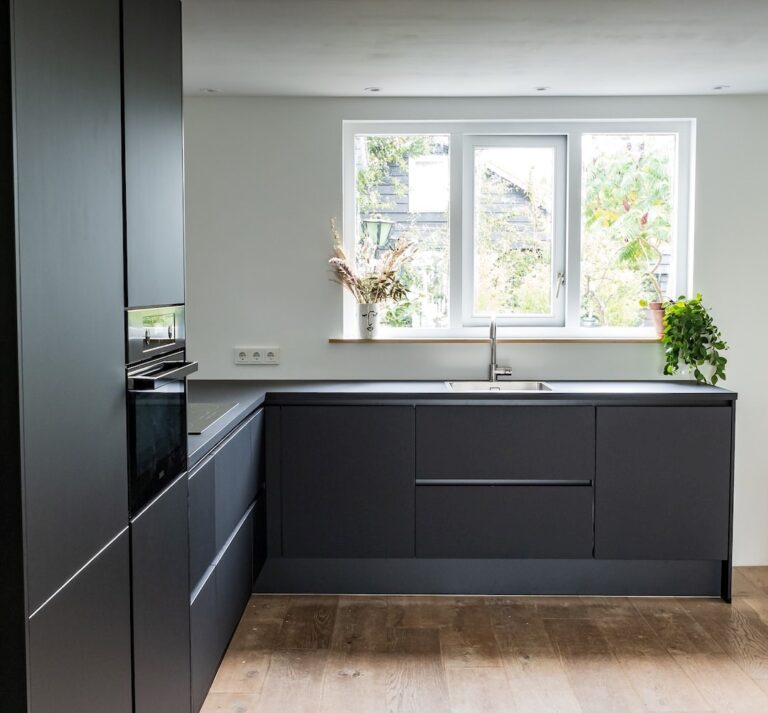Everything you should know about Stair Handrails – 2023 Guide
What are Stair Handrails
A stair handrail is the part of the staircase that people hold onto for support when going up and down the stairs. It provides stability and a continuous guide along the stair. Handrails are different from stair railings, which are simply railings on stairs.
Choose Best Stair Handrail
When choosing stair handrails, you should keep in mind the style of your home and the safety requirements. The handrail height should be between 34 and 38 inches according to building code. Handrails must extend horizontally above the landing for 12 inches minimum, beginning directly above top riser nosing. You can explore different stair railing ideas that will make a stylish statement in your home. When designing your new home, you may consider features like flooring, cabinets, countertops, and stair railings.
How to Install Stair Handrails
To install a stair handrail, you need to measure the run of the staircase and calculate the height of the handrail and mounting brackets. The top surface of the handrail should be between 34 and 38 inches above the floor or above the nosing line. Measure the length of the step tread from back to front, add that number to line a, then measure the rise of each step. Cut and attach an end cap, sand and finish the handrail. Set the rail into its final mounting position. Drill a hole through post mount into your steps and use an anchor suitable for your step materials to secure it in place.
How to Measure Stair Handrails
To measure stair handrails, start by measuring the overall length of the railing from the edge of the nosing on the first tread at the bottom of the staircase to the edge of the nosing on the last tread at the top. Then measure the overall height of your stairs from floor to ceiling. Finally, calculate the height of handrail and mounting brackets.
Standard Height of Stair Handrails
The standard height for stair handrails is between 34 and 38 inches, measured vertically above walking surfaces. This is according to the current ADA standards and IBC-compliant height requirements.
Stair Handrails Design Ideas
There are many stair handrail design ideas to choose from. You can opt for luxurious staircase rail design with dark railings and light balusters paired with stained steps and plush runners. Glass panels, wrought iron balusters, and narrow metal rods are some of the options available. You can also stick to photo frames and artwork with a slim profile if you have a landing. Brass or copper metal handrails are timeless and easily fit almost any staircase style.
Handrail Fittings
You can buy handrail fittings separately. You can find handrail brackets that display a variety of styles to accommodate your every need. Level quarter turn handrail fitting with cap joins two separate horizontal sections of rail at a 90 degree newel junction. Stair handrails are available in many designs and materials that are used to enhance the balustrade. If you have a railing that is 12 feet long, and handrail brackets are required to be spaced every 3 feet, you will need 4 hand brackets total.
Interesting Stair Handrail Facts you must know:
- Stair handrails must meet specific codes and regulations regarding location, graspability, and strength.
- The ADA requires extensions on stairways, but the requirements differ between the top and bottom.
- Custom designs for handrails and balusters are possible.
- Research has been conducted on handrails and staircase-related accidents.
- Stair lifts are mounted on the treads of stairs rather than attached to the wall.






